Latest Posts
CF(compact F) card
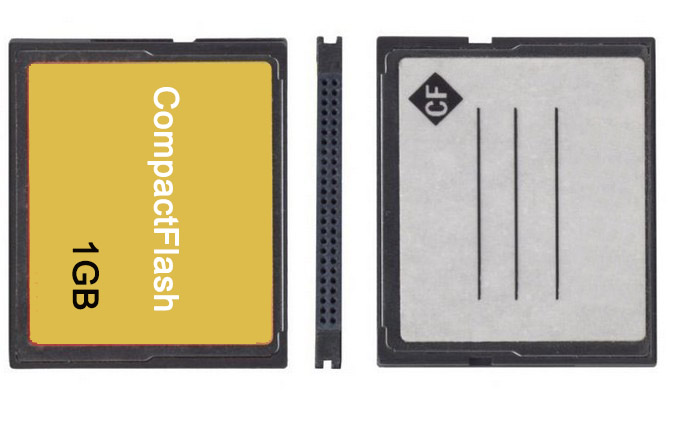
Classification
CF(Compact Flash) cards are separated into two sorts based on their appearance: CF I-type cards and later CF II-type cards. It can be classified into three types based on speed: CF card, high-speed CF card (CF+/CF 2.0 specification), and the faster CF 3.0 standard, which was adopted in 2005. Other devices, such as mini hard disks, are commonly utilized in the CF II type card slot.
CF card slot
Through an adapter, the CF card can be directly inserted into a PCMCIA card slot, or through a card reader, it can be connected to a variety of regularly used ports such as USB, Firewire, and so on. In addition, due to its greater size (relative to later tiny memory cards), most other memory card formats, such as SD/MMC card, Memory Stick Duo, XD card, and SmartMedia card, can be used in the CF card slot with adapters.
Features of CF Cards
Although the CF card is smaller than the older PC card (PCMCIA) type I, it has the same thickness as the PC card types I and II. The Compact Flash card (CF card) is the most popular of the early memory card formats, outselling the Miniature Card, SmartMedia card, and PC Card Type I. SmartMedia card used to be the main competitor of CF card when used in smaller equipment, and it even outperformed CF card in terms of market penetration rate. However, due to the introduction of alternative memory card formats, SmartMedia’s advantages were phased out (about 2002-2005).
Memory card formats introduced in the late 1990s and early 2000s (such as SD/MMC, different Memory Sticks, xD graphics cards, and so on) face stiff competition. The new memory card is several times smaller than the CF card in terms of volume. The difference in size between them is considerably greater than that between CF and PC Card. Handheld computers, mobile phones, and consumer-grade digital cameras, particularly ultra-miniature types, will all be dominated by the new system.
Advantages of CF Card
In any case, CF cards will be supported by a wide range of devices and will continue to be the industry standard for professional digital cameras. A small percentage of consumer-grade digital cameras from 2005 still support CF cards. The key advantages of CF are that it offers the most memory for the least money and has a bigger capacity than small memory cards. CFII can use MicroDrive, and can adapt to a variety of smaller memory cards. At the same time, because it lacks a chipset, the memory card adapter of a CF card interface is flatter than other varieties.
Because flash-based storage devices are non-volatile and solid-state, they outlast disk drives. SanDisk Extreme Type III CF cards write and read speeds up to 20MB/s, consuming only 5% of the power of disk drives while providing quicker transfer rates. They may convert between multiple systems and run at 3.3 or 5 volts. Flash-type CF cards can adapt to extreme temperature changes, and industry-standard flash cards can operate in the range of -45 to 85 degrees Celsius.

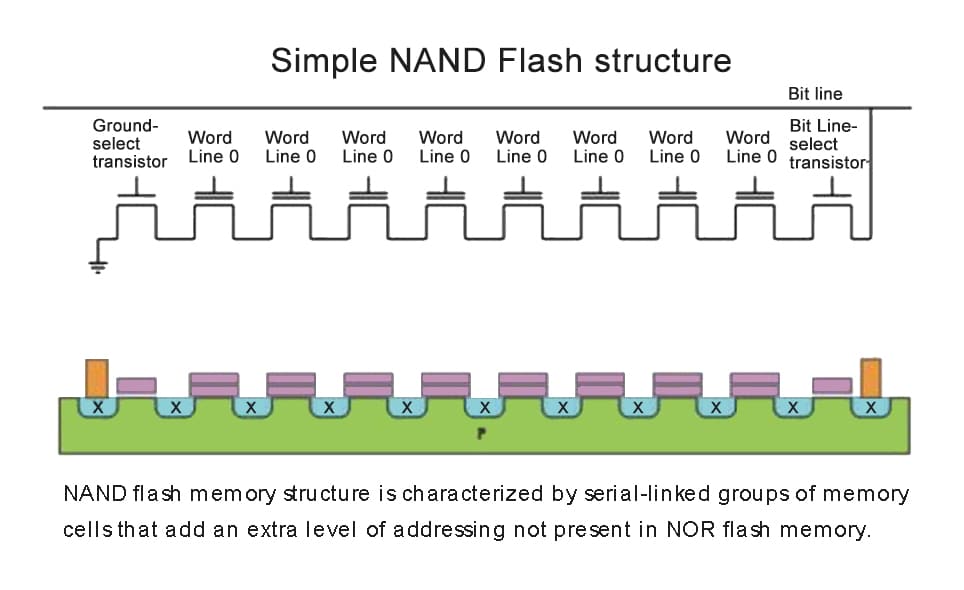
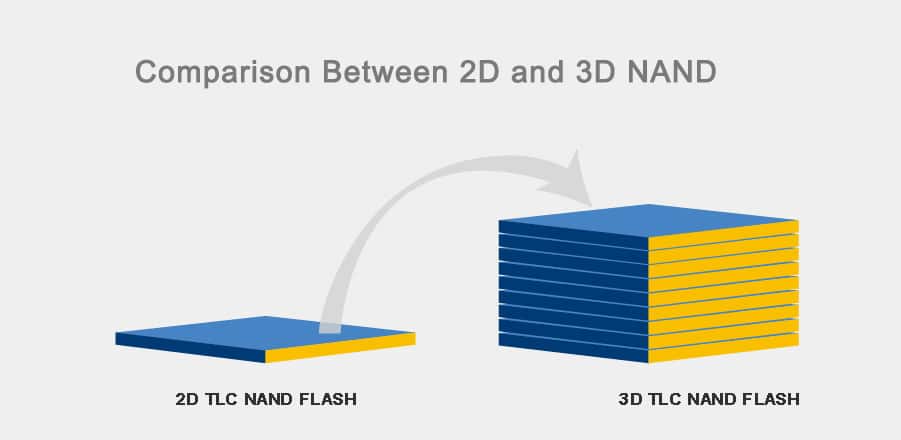
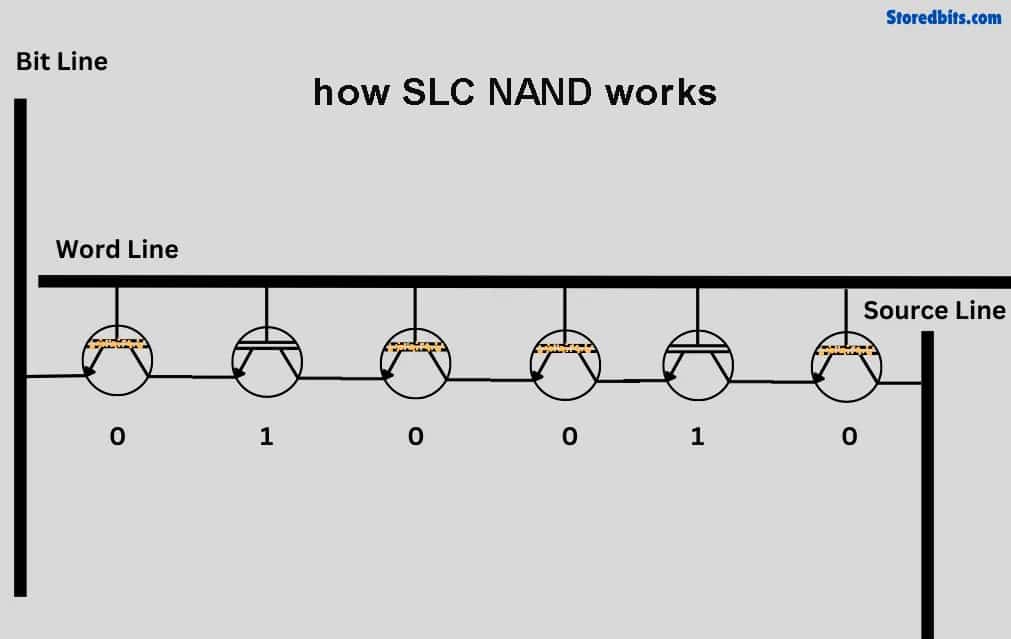
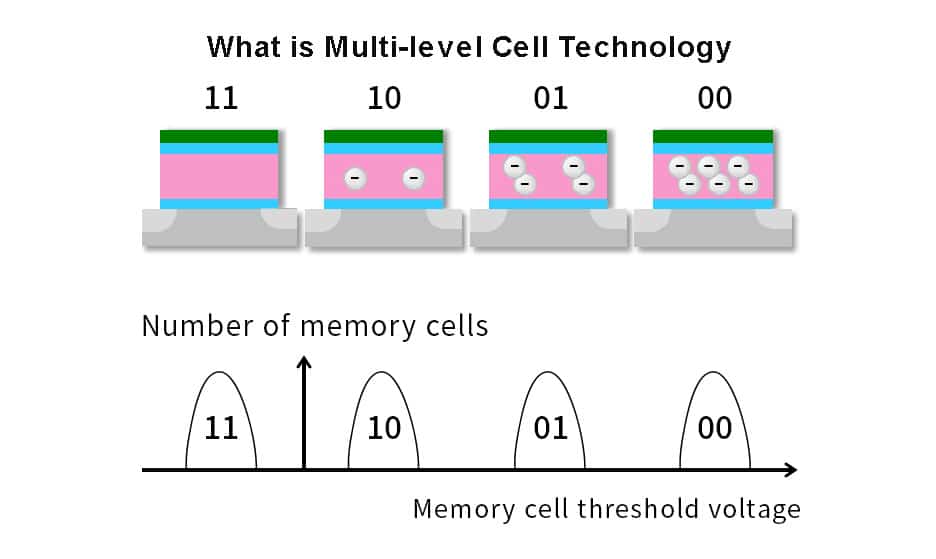
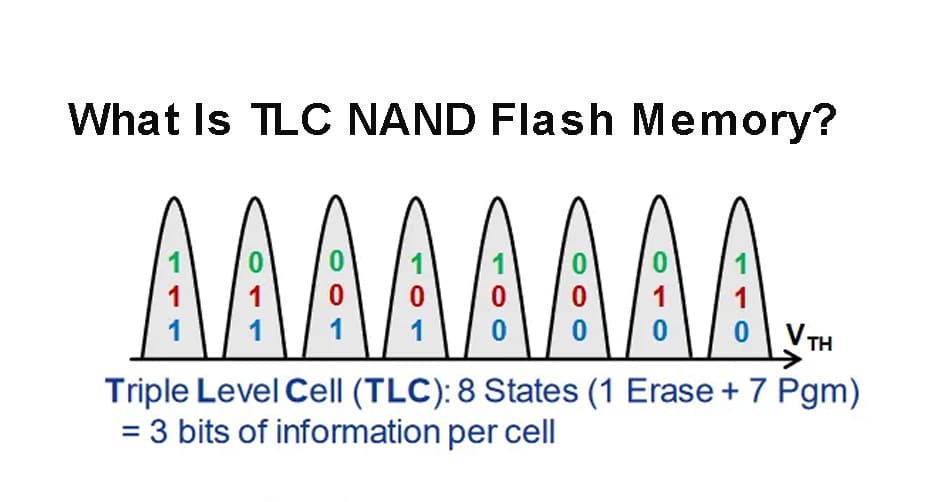
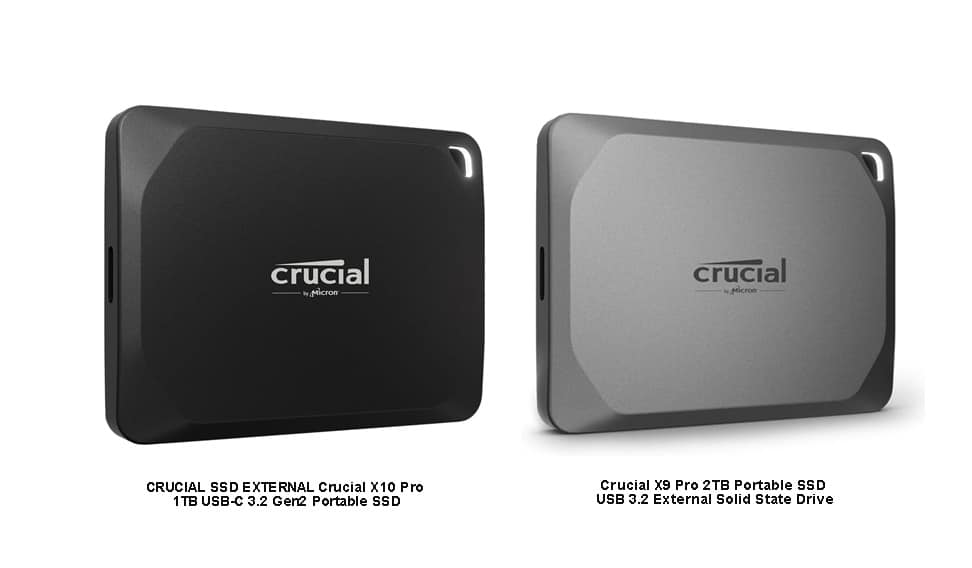
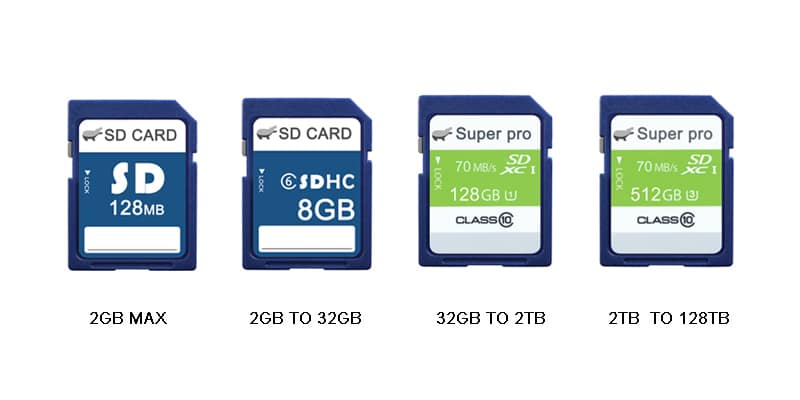
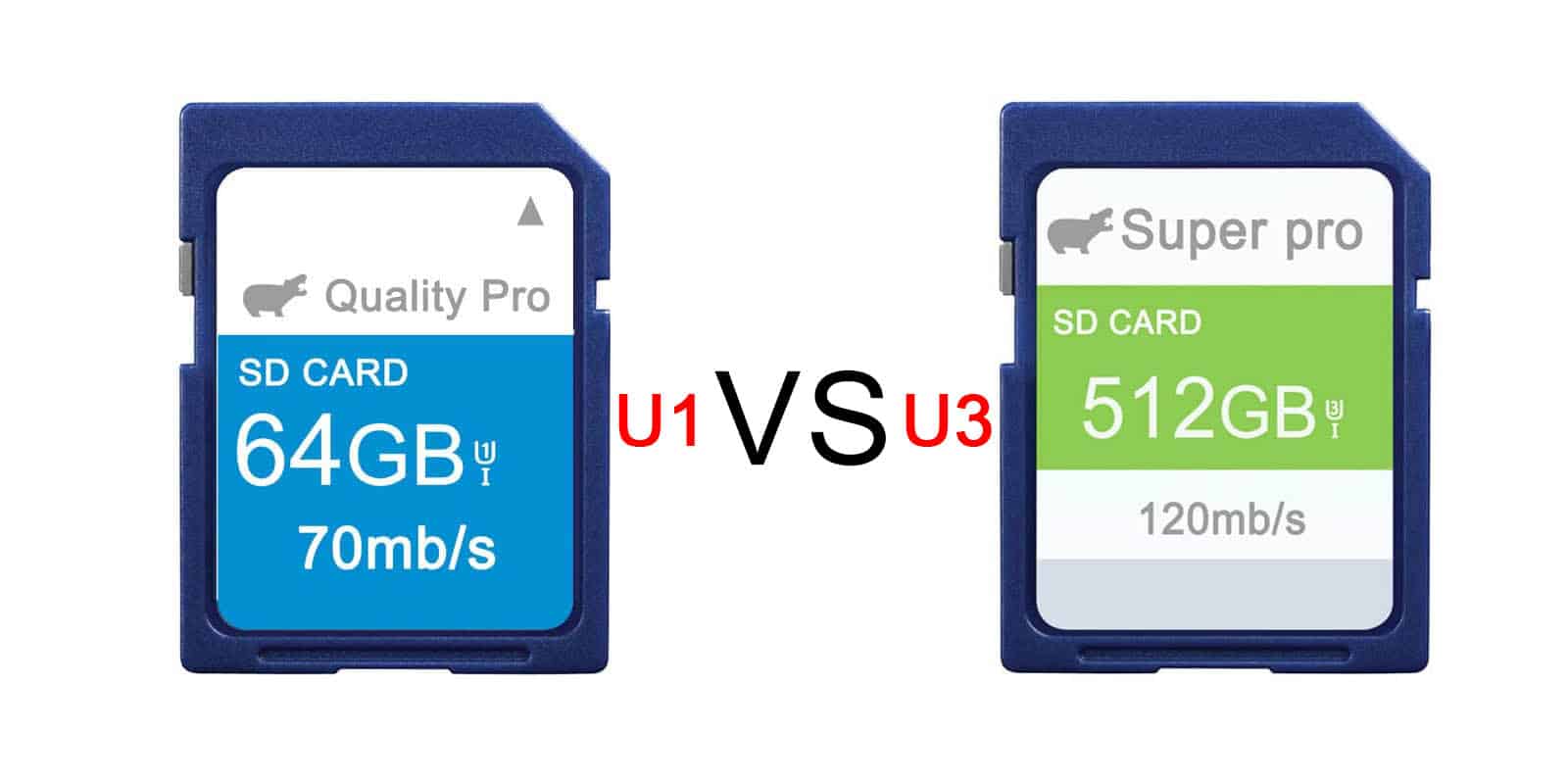
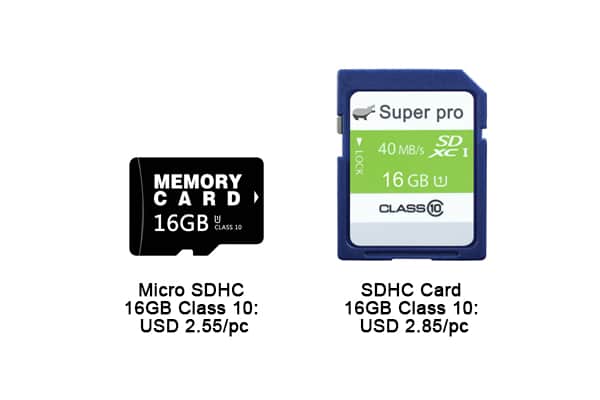
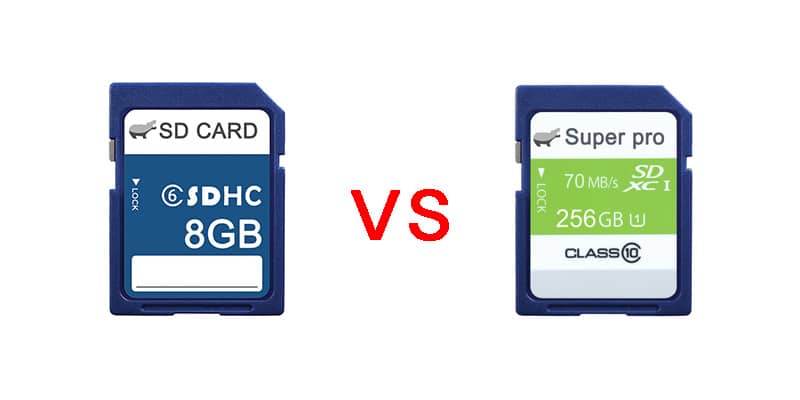
Leave a comment